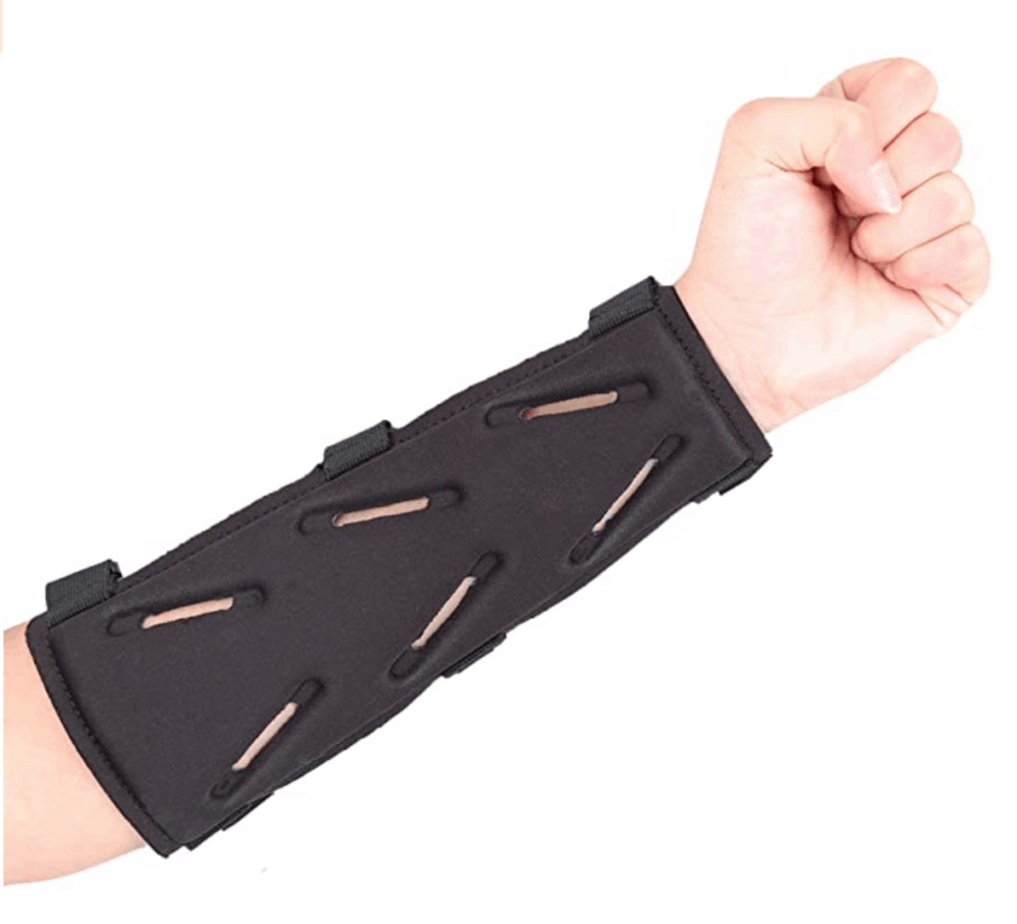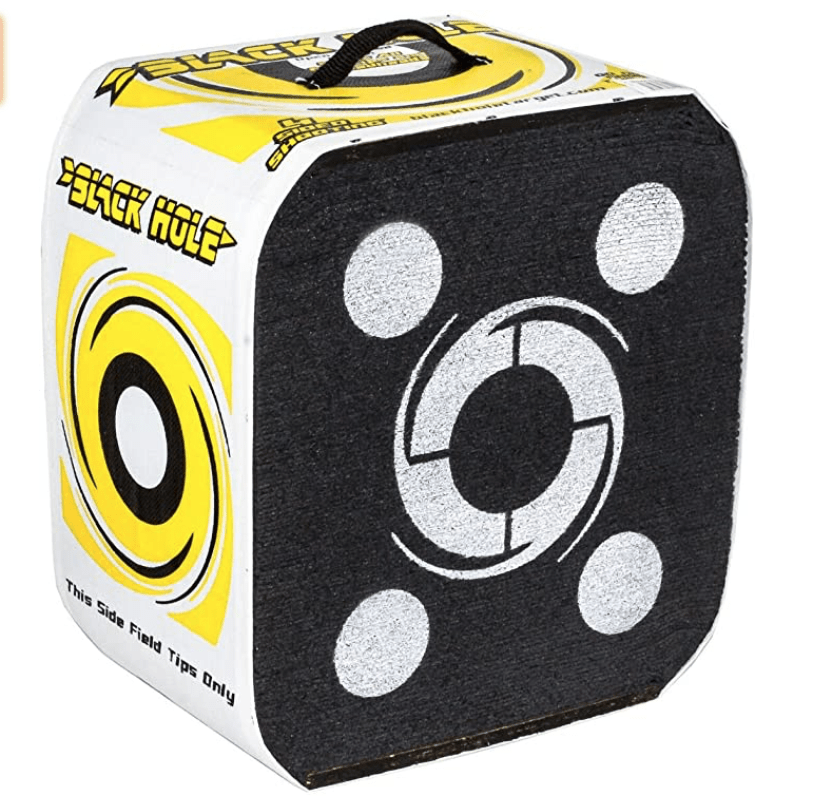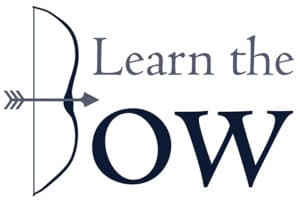If you are like me, getting started in archery is a little intimidating. Do I start with a compound bow because they are popular and everyone starts there? Do I start with a recurve bow? What kind of arrows? I have a few tips that I hope will help you to get started in archery, be successful, and love it as much as any other hobby.
I say only 4 tips for beginners, but really this post is packed full of goodies about archery with resources to other good tips.
1) Compound or Recurve? Only you can decide which will be best for you. Here’s a couple bits of information to help you make the decision.
Compound bows are better for hunting. Or maybe I should say easier to make a kill. They have more power behind the shot, and you can be farther away from your target with a greater chance of success. Compound bows can have a site added to help with aim. It’s a lot like looking through a scope on a gun. Compound bows have a few extra bells and whistles that can be added to make shooting a target a lot like shooting a gun.
The downside to compound bows is cost. The bow itself is more expensive, and on top of that, the extra bells and whistles you can add to it cost more. With that cost though, comes easier hunting.
Recurve bows on the other hand, are a simpler way of shooting. They are a great beginning tool to learn the basics of archery. Recurve bows are less expensive. They break apart for easy traveling, and they are great for shooting targets at closer distances (in case your backyard is as small as mine).
The downside to recurve bows is the distance you can shoot is less than with a compound. It can be difficult to get close to a deer or elk, so having a bow that can shoot farther distances can be an advantage. One other perceived disadvantage is the skill to aim properly. I hope to share some good information on how to make this an advantage rather than a disadvantage.
2) Now that you have a better idea which bow you would like to start with, The next thing you’ll need is some good supplies. When you buy your bow, customer service can also help you to get the right arrow types. The length of the bow matters, and you can read a more in-depth post about arrows on this website. I’ll be writing about those soon.
After you get the right kind of arrows with the right kind of tips, may I suggest a few other pieces of equipment. A shooting guard helped save me some nasty bruises in the beginning. There are fancier ones for sale, but you don’t need to get too fancy.

You’ll need a good target. I’ve been through a good share of targets, and the one I think is the very best target for shooting practice is this one:

I wrote another article about why I think this is the best target and how to customize it so that you can get an even better design for hitting the bulls-eye. I am picky on the design, and I haven’t found one I like, so I figured out how to make my own design on the best foam archery target.
3) Aiming on a compound bow is pretty straightforward because of the site set on the bow. Line up the dot to the target and you’re on your way to hitting the bulls-eye. Aiming on a recurve is a bit trickier. There are several steps that I had to learn the hard way that I’m going to share with you. You’ll be able to aim better faster than I ever did. The information just isn’t out there on the internet in an easy-to-understand way. Because it’s a pretty detailed post, I’m going to send you over there to read tons of details on getting your aim just right.
4) Now that we’ve talked about bows, equipment, and aiming, my last best piece of advice is frequency. I recommend shooting your bow 5-7 days a week. Most people have a backyard big enough to be able to shoot 20 yards away. Set up a few hay bails (in case you miss the target and don’t want to hit your fence) and/or a few foam targets. Stand 10 yards away to start, and give it a go! The more you practice, the better you’ll get. Don’t forget to reach out with any questions!
